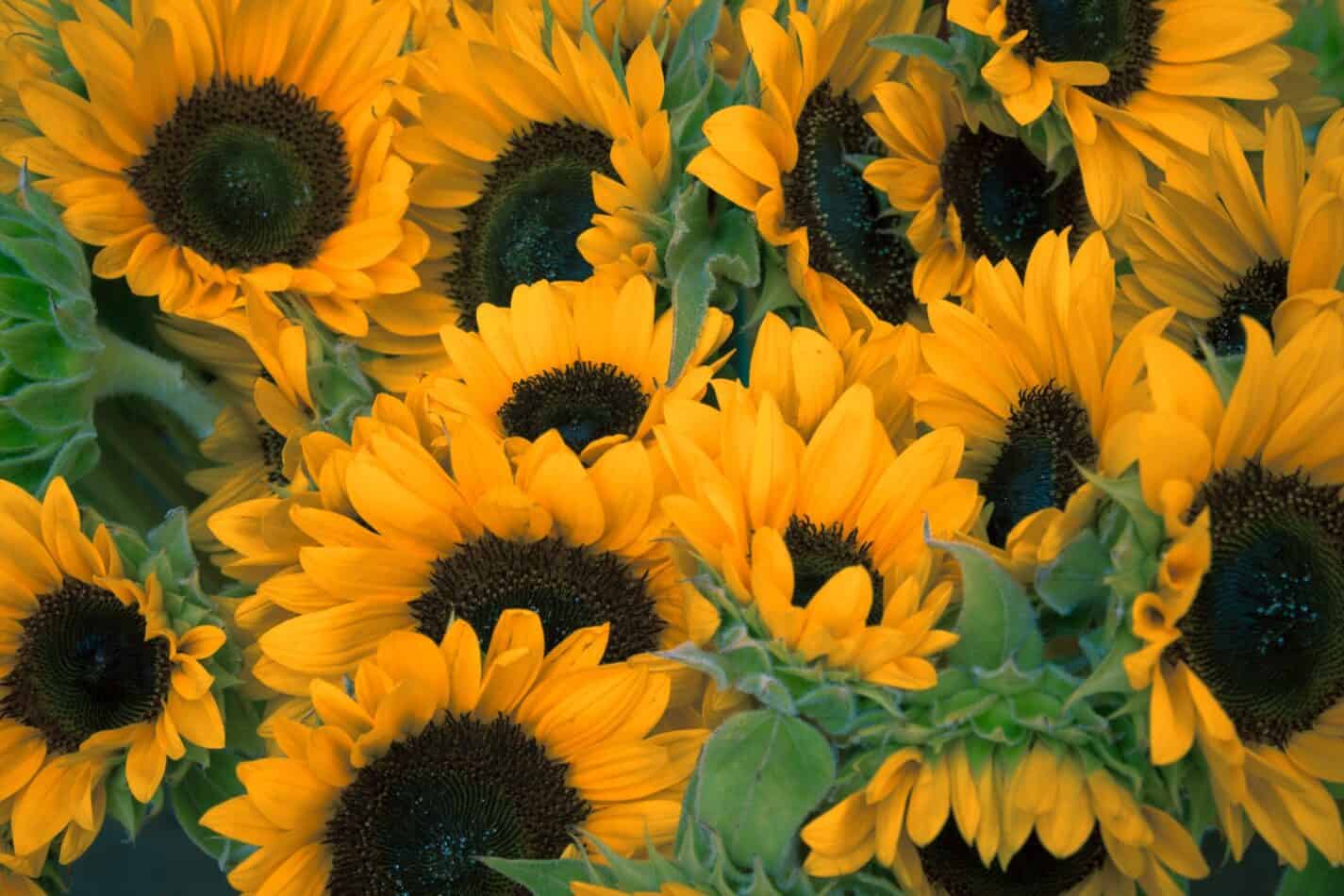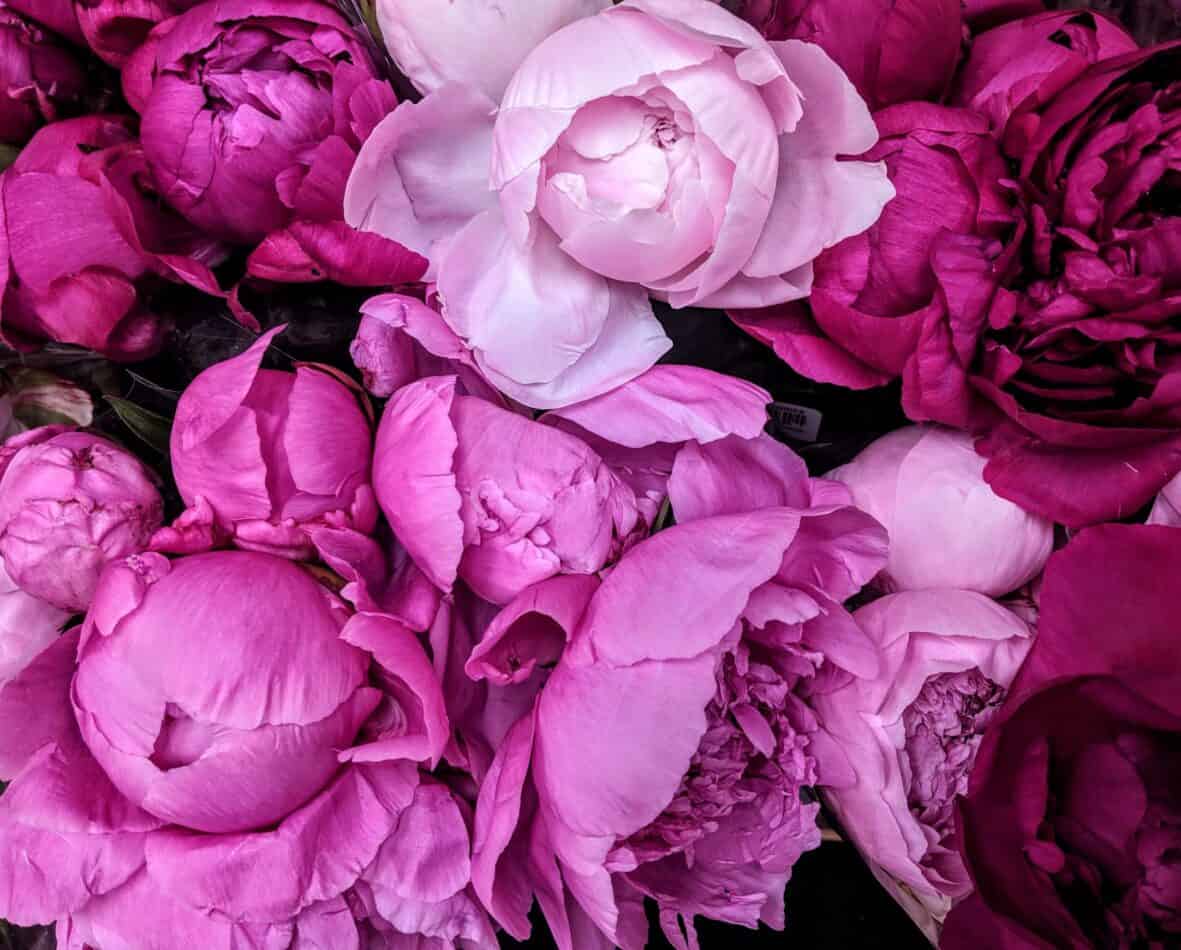Characteristics of Gloxinia
Gloxinia is a genus of flowering tropical perennials from the family Gesneriaceae. Named after the botanist Benjamin P. Gloxin, the genus makes up one of many genera of the family Gesneriaceae. Plant types of Gloxinia include annuals, biennials, and perennials. While there are some species of Gloxinia which are native to the Central and South America, several hybrids have been bred in the United States and Europe, making them incredibly popular within many households. Typically, Gloxinia come in purples, pinks, whites, reds and blues with a white edge to the fringed petals. Though, unique and rare varieties may also come in spotted variations. Gloxinia tend to be low maintenance plants, while they prefer to live in areas with partial shade, they can also tolerate full sun. Mature size is typically determined by the size of the pot – generally not exceeding 12-15 inches in length.
Planting and Growing Gloxinia
When it comes to planting Gloxinia, it is best to opt for a small clay or mixed soil pot that is two to three inches larger than the current pot of your Gloxinia. A light and well-aerated soil is preferred. Opt for potting soils which have extended release fertilizers, brick pieces, coconut fiber, pearlite, etc. For fostering steady growth it is important to keep the temperature always above 10°C (50°F). When it comes to watering, it is advised to use warm water, as cold water might cause the plants to suffer from shock. Allow the soil to dry between each watering session and pour water at the base of the plant. Once the plant starts blooming, you can give it monthly feedings of a high-nitrogen fertilizer that contains flowering boosters.
Meaning and Symbolism of Gloxinia
Gloxinia is also known as the “social flower” as it typically reflects social relationships, a deep love and affection. To some, it also symbolizes radiance and sincerity. This can be observed in its unique flower petals, which differ from one another in colour and texture. In terms of etymology, the genus name Gloxinia is a tribute to Benjamin P. Gloxin, a German botanist who concentrated his career on researching the family Gesneriaceae.
History, Mythology, and Religious Significance
Gloxinia used to be confined to the wild and rarely seen in gardens or home decor. As they became popular in the 19th century, they began to be cultivated in Germany and the United Kingdom. However, the plant is likely to have originated in the tropical region of Central and South America. In former times in several Central and South American tribal cultures, the leaves of Gloxinia were used as a natural source of antibiotics to stop infections. The Gloxinia also had its importance in folklore and religion, as people believe that this flower symbolizes strength, beauty and love.
Flower Varieties and their Defining Characteristics
- Spectabilis
Spectabilis is a unique relative of Gloxinia, with the most intricate and beautiful flowers of the Gloxinia genus. The blooms come in white color and have large ruffle petals with contrasting ripples along veins which give its bloom a distinct look. It does well in normal house temperature, at about 18 – 24 degrees Celsius.
- Lavender Ruffles
This variety of Gloxinia has purple, fringed petals that have crested edges. Distinctly, the center of the flower is of a deep, velvety solid purple.
- Colonial Scarlet
Colonial Scarlet gloxinias are characterized by their pink and red petal fringes, which give rise to their blooms. This variety is known for its wonderful colour and intrepid flowering.
- DNA Silverdust – Silverdust is another unique variety of the Gloxinia flower, it has silver speckled petals, but due to the heavy blue veining, they appear speckled blue and grey.
How to Pot and Repot
For potting, you first need to find a suitable container. Make sure that the container can accommodate all of the roots of the Gloxinia and yet is a relatively snug fit. Too large a container can allow the soil to become compact and waterlogged, so clay or plastic pots that are around 8 to 10 inches in diameter are preferred.
Fill the pot by about half with the potting soil, placing the plant in the center of the container.
Create a depression in the soil and carefully place the plant on it and fill in with more soil up to the base of the stem. Use your hands or a chopstick to move and arrange the soil around the plant’s stem and roots.
Water the planted Gloxinia gently but thoroughly and let the excess water drain out. When re-potting, try to use the same size pot that you have used before.
If your Gloxinia does need to be up-potted due to being root bound, try to use a pot that is only one size larger (3 cm diameter) above the current one.
This is to prevent too much disturbance from the transplanting. How to Prune Proper pruning is an essential part of maintaining and caring for Gloxinia plants.
Pruning
When done correctly, pruning can help Gloxinias grow and bloom, and will also help the plants stay healthy. It is important to prune Gloxinia at the correct time of the year, which is when the flowers are all gone and the leaves are starting to die, which is generally at the beginning of the winter season.
When pruning Gloxinia, a good guide to follow is to remove all dead or dying foliage, as well as any foliage which is yellow or discolored. It is also important to cut back any old stems and flowering stalks, but do not cut the main stem. Cut back these old stems to a few inches above the soil level.
How to Propagate
Propagation of Gloxinia can be done through asexual or vegetative propagation. Asexual propagation allows the plant to produce its own clones, meaning the plants will be genetically identical to the original plant. Asexual propagation of Gloxinia is usually done by taking stem cuttings with a few leaves.
Take the stem cutting from a healthy part of the Gloxinia and cut off about 8 cm (3”) of the stem. Remove any leaves from the lower half of the stem, then dip the cut end in rooting hormone powder.
Place the stem cutting into a pot of moist soil, so the cut portion is buried up to the lower leaves. When done, wrap the pot in a plastic bag and place in a warm, humid place to facilitate rooting while keeping the soil moist. In a few weeks, the stem cuttings will develop roots and you can plant the cuttings in a separate pot.
Common Pests and Diseases
The Gloxinia is generally a relatively hardy and robust plant, although it can become susceptible to disease and pests. Common pests which can affect Gloxinia are aphids, mealy bugs, scale and thrips. Common diseases which can affect Gloxinia include Pythium root rot, Botrytis Blight and vine weevils.
The best way to prevent pests and diseases is to ensure that the plant is not kept in overly wet or moist conditions, and it is important to keep an eye out for signs of pests or diseases. If pests or diseases are spotted, these can usually be treated with insecticidal soaps or fungicides.
Frequently Asked Questions
Q1: How do I know if my Gloxinia needs to be re-potted?
A1: You can tell if your Gloxinia is in need of re-potting if the plant seems very compact in its pot, with roots and foliage coming out from the sides.
Q2: How often should I water my Gloxinia?
A2: It is important to water Gloxinia consistently to ensure that it is not allowed to dry out. Generally, water your Gloxinia every two to three days, allow the soil to dry out between each watering session.
Q3: How cold can Gloxinia stand?
A3: Gloxinia prefer warm temperatures and cannot withstand frost. However, they can cope with temperatures down to around 10°C (50°F).
Fact Sheet
| Name | Gloxinia (Sinningia speciosa) |
|---|---|
| Description | Gloxinia is a flowering plant that is native to Brazil. It has large, velvety leaves and trumpet-shaped flowers that come in a range of colors, including pink, purple, red, white, and blue. The flowers have a distinctive tube-like shape with flared edges. Gloxinias are often grown as houseplants. |
| Light requirements | Gloxinias prefer bright, indirect light. Too much direct sunlight can cause the leaves to scorch, while too little light can lead to weak growth and poor flowering. |
| Watering needs | Gloxinias require consistently moist soil. Water them when the top inch of soil feels dry to the touch. Avoid getting water on the leaves, as this can cause spotting and rot. |
| Temperature range | Gloxinias prefer temperatures between 65°F and 75°F (18°C to 24°C). They can be damaged by cold drafts or temperatures below 60°F (15°C). |
| Humidity requirements | Gloxinias prefer high humidity levels. A humidifier or regular misting can help maintain the necessary moisture. |
| Fertilizer needs | Gloxinias benefit from regular fertilization during their growing season. Use a balanced, water-soluble fertilizer every two weeks. |
| Repotting needs | Gloxinias should be repotted annually in fresh soil. |
| Propagation methods | Gloxinias can be propagated from leaf cuttings or by division. |
| Common pests and problems | Gloxinias are susceptible to root rot, fungal infections, and pests like spider mites and mealybugs. Overwatering, poor drainage, and low humidity can exacerbate these problems. |
| Fun fact | The common name “gloxinia” is often used to refer to plants in the genus Sinningia, but the true Gloxinia genus contains only two species, neither of which are commonly cultivated. |
What we love from Amazon this week
Buy these wonderful flowers directly from Amazon:















